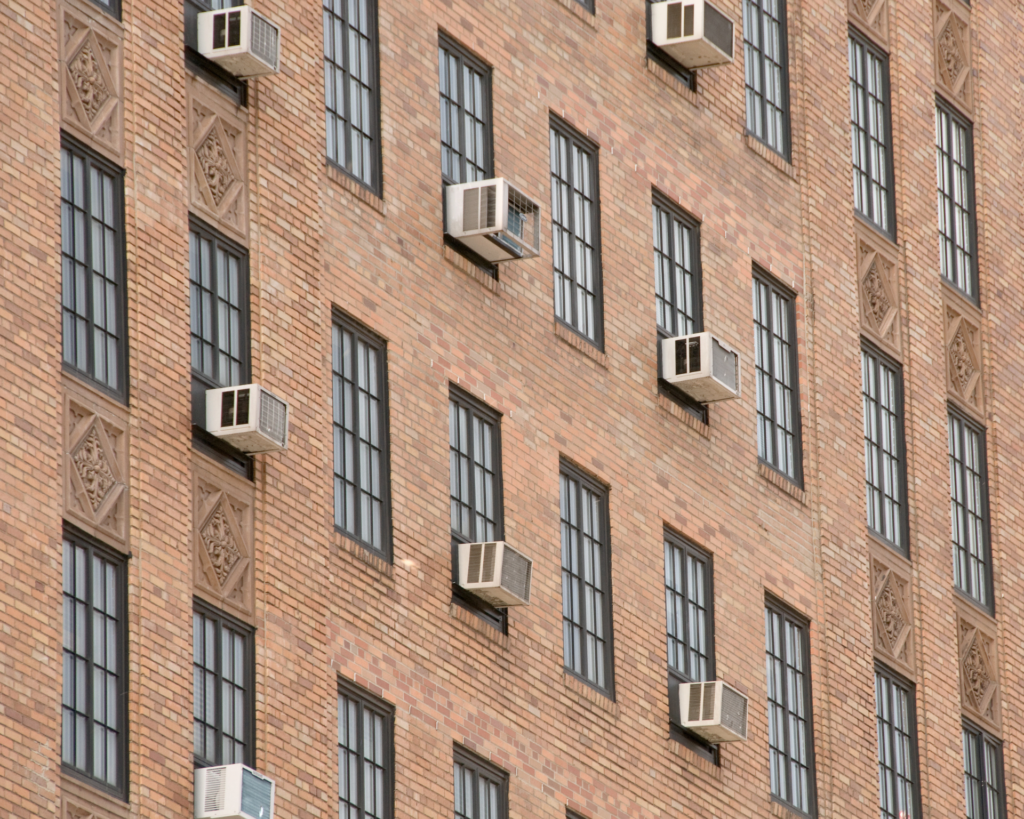7 Dresses 4 Health
What is the role of the artist activist in public health? Marian Brown describes her performance piece adDRESSing health: 7 dresses, 7 days a week, 52 weeks, 365 days a year.

Read Time: 5 minutes
Published:
What is the role of the artist activist in public health? In 2014 I worked as a Global Health Corps fellow in Malawi with the Art & Global Health Center Africa. One of my co-fellows, Swathi, came to a leadership training one day wearing a truly exceptional dress. It fit both her personality and aesthetic perfectly. At the time, I joked that she should buy seven of that exact same dress so she could wear one every day of the week.
Little did I know that spotting Swathi in her perfect dress, in the context of a training for young global health practitioners, would ignite the idea for 7 Dresses 4 Health, an arts and health advocacy campaign that would run for the duration of 2015.
The concept was simple: create seven identical dresses in seven colors, and wear them exclusively for one year. Each dress color was set to represent a different public health cause.
As an artist and activist, this meant that every day I would dress with intentionality – standing in solidarity, raising awareness for the seven causes. It was my first performance piece, predominantly identifying as a visual artist, but I fell in love with the concept of adDRESSing health.
7 dresses, 7 days a week, 52 weeks, 365 days a year.
I also found the personal challenge of the project invigorating. 7 dresses, 7 days a week, 52 weeks, 365 days a year. What in the world would these dresses look like at the end of the year? What would the challenges truly be? What was the potential impact?
There were myriad unknowns, which became more inspirational than deterring, with the vast potential for growth and learning.
Quickly recognizing the power of inviting others to create, it became clear that the campaign had to be open to our global community. Correspondingly, we created a weekly blog that highlighted community-contextualized voices through guest bloggers. Individuals and groups could also dress in solidarity through wearing the color of the day, sending their pictures to us via social media.
With community at the core, I surveyed 2,000 global health practitioners to ask two questions: 1) what are three public health causes in your community that need more visibility and could benefit from a platform for discourse? and 2) what color do you associate with each of these causes?
From there, our seven causes and colors emerged:
Red = HIV/AIDS, Yellow = Mental Health, Green = Nutrition, Blue = Heart Disease, Purple = Maternal Child Health, Pink = Cancer, and Grey = Disability

I wore the dresses every day. I had a color chart that would switch by one day every month. So, if I wore pink for cancer every Monday in October, I would wear that dress every Tuesday in November. I only had one set of the 7 dresses, so this gave me time to clean them! The biggest challenge was adapting the dresses for different weather environments.
I made a promise to self not to replace any of the dresses; only fixing zippers on dresses because those were essential and invariably did break, with the thought that they would “collect stories”… so by the end of the year the dresses were in pretty rough shape after 52 wears.
Over the duration of the year I was overwhelmed by the response from our activist communities. Through google analytics we were able to track the blogs readership, elucidating that we received an average of 5,000 hits per day, totaling over 500,000 readers. Bloggers hailed from France, Nigeria, Botswana, India, Malawi, Guatemala, Canada and the United States, with our US bloggers representing fourteen unique states.
In total, we received thirty-nine unique guest bloggers, with forty-eight first-person narratives. When interviewed about what made the opportunity unique or special for guest bloggers, we heard that the virtual community space was like no other, as it supported the credentialing, and first person narratives, of self-activists and care partners alike.

In the end, my effort of wearing the 7 dresses daily felt moot compared to the contribution of our bloggers and readership. 7 Dresses 4 Health was a grass-roots project that truly built a global community.
Now just over a year removed from the performance aspect of the project, I often am asked what’s next? For the dresses, they’ll get turned into art in some form – I’ll likely make them into handmade paper. As for the conversations and narratives? I’m not sure yet.
What I do know – what I learned from this process – is that community, and the power of first person narrative, should never be underestimated. Further, I know that there needs to be more space and platform for first-person narratives reflecting our self-advocates and care partner communities more holistically.
It’s easy to forget that equity includes having agency, voice and representation, going beyond access, to access intimacy in healthcare and practice.
Top 5 most shared blogs from 7 Dresses 4 Health:
Isabel Kumwembe: A Heart for Lorraine (Malawi)
Rodney Likaku: Remembering Lorraine (Malawi)
Liam Dougherty: We are all Lovely Avocados (US)
Margaret Ferrarone: You Can’t Judge a Book (US)
Paul Dufrene: Music, Choice & Disability (US)
7 Dresses 4 Health was featured at:
Humanities and Medicine Conference at the Mayo Clinic
6th Annual Arts & Global Health Conference at Lesley University
Guest Lecture at William James College
Alumni Leadership Retreat for Global Health Corps
Images courtesy of the artist



